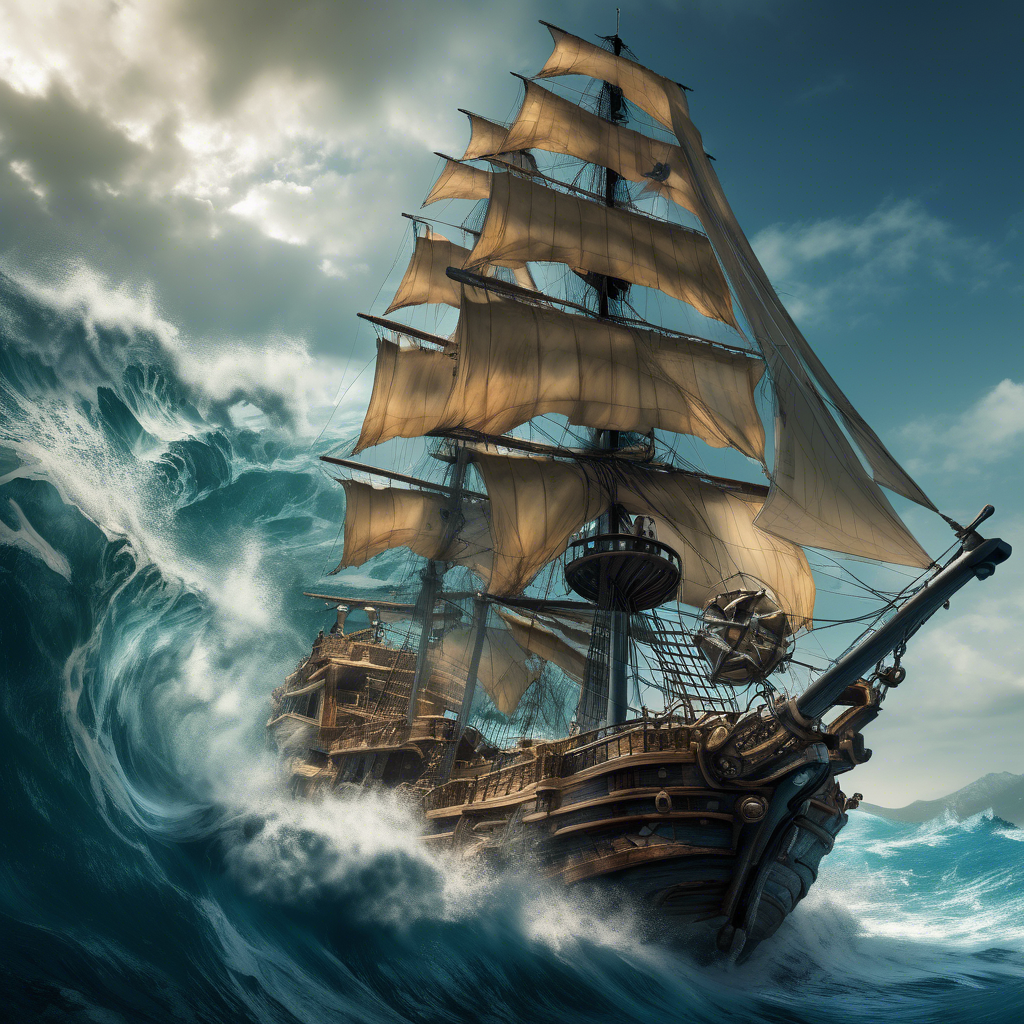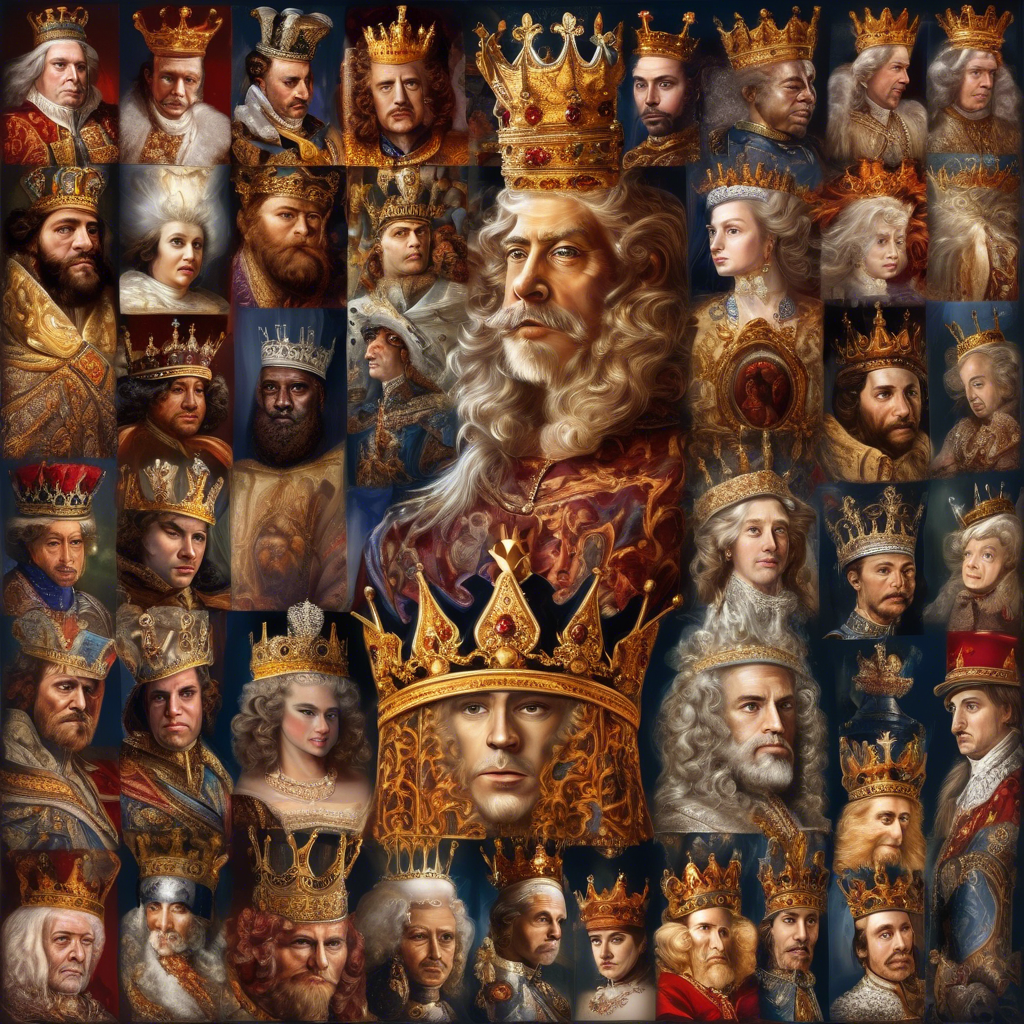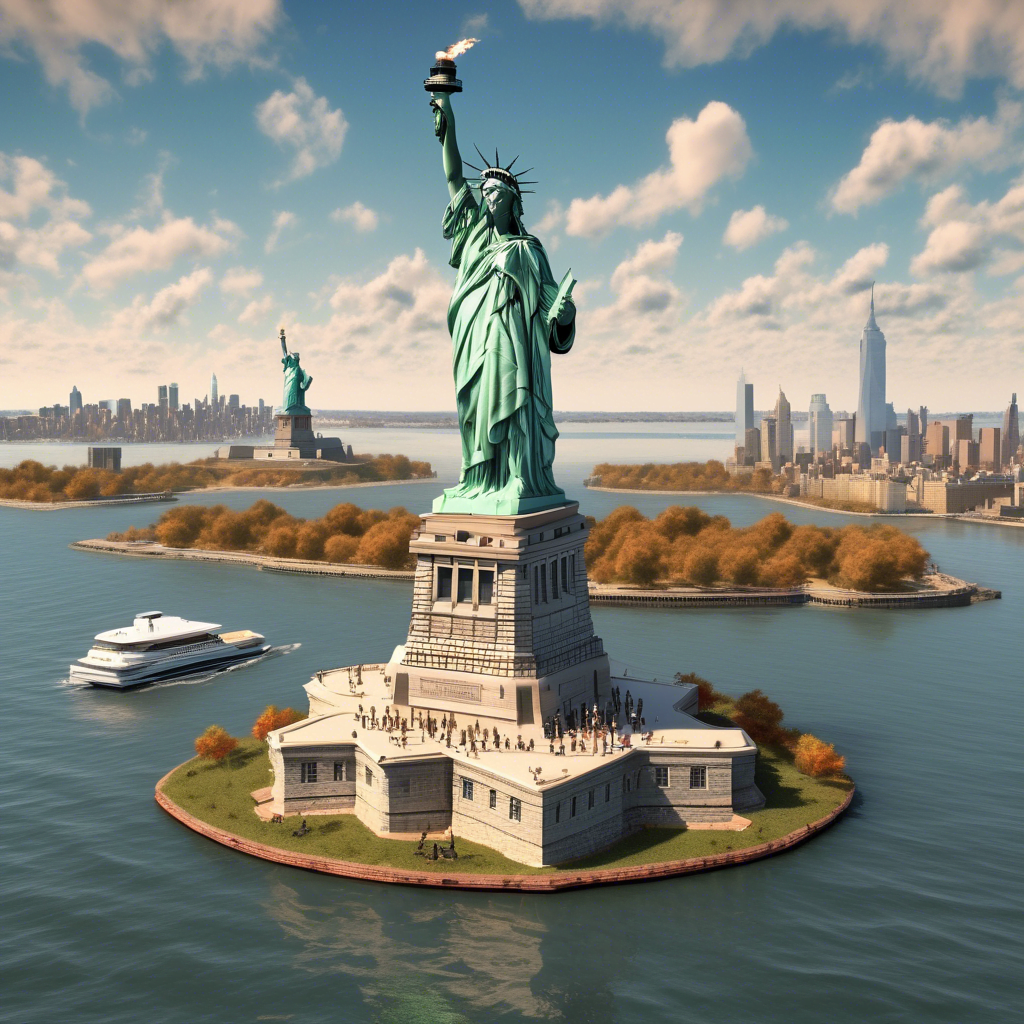
1. Introduction
Overview
The Caribbean Sea, known for its crystal-clear waters and stunning coastlines, holds a notorious past as a haven for pirates and privateers. The history of Caribbean Sea pirates is a tale of adventure, treasure, and danger that has captured the imagination of people for centuries. From the early days of piracy to the golden age of buccaneers and the eventual decline of piracy in the region, the story of Caribbean Sea pirates is one of intrigue and myth. This project aims to delve into the depths of this captivating history, exploring the lives of infamous pirate captains, their daring exploits, and the legacy they left behind.
Importance of Studying the History of Caribbean Sea Pirates
Studying the history of Caribbean Sea pirates is not just about swashbuckling tales and buried treasure; it provides valuable insights into the political, economic, and social dynamics of the Caribbean region during the Age of Sail. Pirates played a significant role in shaping the development of trade routes, colonial empires, and maritime law. Their actions, though often seen as criminal, reflected larger power struggles and conflicts between European powers vying for control of the lucrative Caribbean trade. Understanding the motivations and methods of Caribbean Sea pirates sheds light on the complexities of piracy as a phenomenon and its enduring impact on the region.
2. Background
Geographical Context of the Caribbean Sea
The Caribbean Sea, bordered by the islands of the Caribbean and the surrounding mainland, is a strategic waterway that has long been a hub of maritime activity. With its warm waters, favorable winds, and abundance of natural resources, the Caribbean Sea was a prime location for trade and exploration during the Age of Discovery. The region’s numerous islands, cays, and reefs provided sheltered harbors and hidden coves ideal for pirates seeking to evade capture and launch raids on unsuspecting ships.
Early Exploration and Colonization of the Caribbean Region
The Caribbean region was first explored by European navigators in the late 15th century, following the voyages of Christopher Columbus. The allure of gold, spices, and new trade routes drew Spanish, Portuguese, English, French, and Dutch explorers to the Caribbean islands, leading to the establishment of colonial outposts and trading posts. The clash of indigenous cultures, European powers, and African slave trade laid the groundwork for the tumultuous history of the Caribbean Sea, setting the stage for the rise of piracy in the region.
Rise of Piracy in the Caribbean Sea
Piracy in the Caribbean Sea can be traced back to the early 16th century when European powers engaged in maritime conflicts and trade rivalries in the region. The Caribbean’s vast expanse, with its numerous shipping lanes and valuable cargo, made it a prime target for pirates looking to plunder merchant vessels and disrupt colonial trade. As European nations struggled for dominance in the New World, privateers and buccaneers exploited the chaos to profit from illicit activities, leading to the emergence of a pirate economy that thrived on plunder, violence, and intrigue.
3. Early Piracy in the Caribbean
Origins of Piracy in the Caribbean
The origins of piracy in the Caribbean can be traced to a confluence of factors, including political instability, economic disparities, and social unrest in the region. As European powers established colonies and exploited indigenous populations for resources, marginalized groups turned to piracy as a means of resistance and survival. Many early Caribbean pirates were former sailors, soldiers, or indentured servants who sought freedom and fortune on the high seas. The rugged coastlines, hidden bays, and shifting allegiances of the Caribbean islands provided fertile ground for piracy to take root and flourish.
Notable Pirate Figures in the Early Years
One of the most infamous pirate figures in the early Caribbean was Sir Henry Morgan, a Welsh privateer who raided Spanish settlements and amassed a fortune in plundered goods. Known for his audacious exploits and strategic cunning, Morgan became a symbol of the golden age of piracy in the Caribbean. Other notable pirates of the era included Blackbeard, Anne Bonny, and Calico Jack, whose daring escapades and larger-than-life personalities captivated the imaginations of sailors and storytellers alike.
Tactics and Methods Used by Early Caribbean Pirates
Early Caribbean pirates employed a variety of tactics to prey on merchant ships and evade capture by naval authorities. Smaller, faster vessels known as sloops and schooners were favored for their agility and speed, allowing pirates to outmaneuver larger, heavily armed ships. Pirates often used surprise attacks, intimidation, and deception to overpower their victims, relying on fear and violence to secure their booty. The use of flags, such as the Jolly Roger, signaled their identity and struck fear into the hearts of those they encountered.
4. Golden Age of Piracy
Factors Contributing to the Golden Age of Piracy in the Caribbean
The golden age of piracy in the Caribbean, spanning the late 17th and early 18th centuries, was characterized by a surge in pirate activity fueled by political upheaval, economic instability, and social discontent. The aftermath of wars between European powers, the expansion of colonial empires, and the rise of global trade routes created fertile conditions for piracy to thrive in the Caribbean. The promise of wealth, adventure, and freedom lured a diverse array of individuals to join the ranks of pirates, forming a motley crew of outcasts, exiles, and opportunists.
Key Pirate Strongholds and Hideouts in the Region
The Caribbean Sea was dotted with pirate strongholds and hidden lairs where buccaneers and privateers congregated to plan their raids and divide their spoils. Port Royal in Jamaica, Nassau in the Bahamas, and Tortuga off the coast of Hispaniola were infamous pirate havens known for their lawlessness and debauchery. These lawless outposts provided sanctuary for pirates to rest, resupply, and regroup before setting sail on their next plundering expedition. The strategic location of these strongholds near major trade routes made them ideal bases for pirate operations in the Caribbean.
Famous Pirate Captains and Their Exploits
The golden age of piracy in the Caribbean produced a pantheon of legendary pirate captains whose names became synonymous with daring feats and swashbuckling adventures. Captain Blackbeard, known for his fearsome appearance and ruthless tactics, terrorized merchant ships in the Caribbean waters, striking fear into the hearts of sailors and settlers alike. Anne Bonny and Mary Read, two notorious female pirates, defied gender norms and societal expectations to carve out their own place in pirate lore. Captain Kidd, despite his controversial legacy, remains a figure of intrigue and mystery, with tales of buried treasure and lost riches shrouding his name in legend.
5. Decline of Caribbean Sea Pirates
Reasons for the Decline of Piracy in the Caribbean
The decline of piracy in the Caribbean can be attributed to a combination of factors, including increased naval patrols, stricter maritime laws, and changing economic conditions. As European powers strengthened their colonial presence in the Caribbean and established naval bases to protect their interests, pirates found themselves increasingly outnumbered and outgunned. The implementation of anti-piracy measures, such as the issuance of letters of marque and reprisal, allowed naval forces to target and eliminate pirate strongholds, disrupting their operations and diminishing their influence in the region.
Efforts by European Powers to Combat Piracy
European powers, recognizing the threat posed by Caribbean Sea pirates to their colonial enterprises and trade routes, launched concerted efforts to combat piracy in the region. Naval fleets were dispatched to hunt down pirate vessels, capture pirate strongholds, and dismantle pirate networks operating in the Caribbean. The Royal Navy, in particular, played a crucial role in suppressing piracy and restoring order to the seas, employing a combination of military force, diplomacy, and intelligence gathering to root out and prosecute pirates.
Last Stand of the Caribbean Sea Pirates
The last stand of the Caribbean Sea pirates came in the early 18th century as European powers intensified their campaign against piracy in the region. The capture and execution of prominent pirate leaders, the destruction of pirate strongholds, and the implementation of harsh punishments for piracy offenses signaled the end of an era for Caribbean Sea pirates. Many pirates either surrendered or went into hiding, their once formidable fleets reduced to scattered bands of outlaws struggling to survive in a changing world. The once fearsome reign of the Caribbean Sea pirates had come to a dramatic and final conclusion.
6. Legacy of Caribbean Sea Pirates
Impact of Piracy on Caribbean Economies and Societies
The legacy of Caribbean Sea pirates extends beyond their notorious deeds on the high seas to influence the economic and social fabric of the Caribbean region. The plunder and pillage of pirate raids disrupted trade, instilled fear in merchant communities, and destabilized colonial economies reliant on maritime commerce. The presence of pirates forced European powers to invest in naval defenses, fortifications, and privateering ventures, shaping the development of military and maritime infrastructure in the Caribbean. The influx of wealth from pirate loot, though illicit, also fueled local economies and illicit trade networks that persisted long after piracy waned.
Pop Culture Representations of Caribbean Sea Pirates
The image of the swashbuckling pirate, with a parrot on the shoulder, a cutlass in hand, and a skull and crossbones flag flying high, has become an enduring symbol of adventure and romance in popular culture. From novels and films to theme park attractions and Halloween costumes, the legacy of Caribbean Sea pirates has been immortalized in countless works of fiction and entertainment. Characters like Captain Jack Sparrow from the “Pirates of the Caribbean” franchise and Long John Silver from “Treasure Island” have captured the imagination of audiences worldwide, perpetuating the myth of the dashing rogue and the hidden treasure trove.
Tourism and the Romanticization of Pirate History in the Caribbean
The romantic allure of pirate history has not been lost on the tourism industry in the Caribbean, where pirate-themed attractions, tours, and festivals draw visitors eager to relive the swashbuckling days of yore. From pirate museums in Nassau to pirate-themed cruises in the Cayman Islands, the legacy of Caribbean Sea pirates has been commodified and marketed to tourists seeking adventure and escapism. The blending of fact and fiction, history and fantasy, in the portrayal of pirates in tourism serves to perpetuate the mystique and intrigue surrounding the lives and legends of Caribbean Sea pirates.
7. Conclusion
Summary of Key Findings
Through our exploration of the history of Caribbean Sea pirates, we have uncovered a rich tapestry of adventure, intrigue, and conflict that shaped the Caribbean region during the Age of Sail. From the early origins of piracy to the golden age of buccaneers and the eventual decline of piracy in the Caribbean, we have traced the rise and fall of infamous pirate captains, their daring exploits, and the enduring legacy they left behind. The impact of piracy on Caribbean economies and societies, the representation of pirates in popular culture, and the romanticization of pirate history in tourism have all contributed to the enduring fascination with the lives and legends of Caribbean Sea pirates.
Significance of Understanding Pirate History
Understanding the history of Caribbean Sea pirates is not just a matter of recounting thrilling tales of adventure and treasure; it provides valuable insights into the broader historical, social, and cultural dynamics of the Caribbean region. The study of piracy in the Caribbean illuminates the complexities of power, resistance, and identity in a colonial context, shedding light on the ways in which marginalized groups navigated and subverted structures of authority and control. By delving into the world of Caribbean Sea pirates, we gain a deeper appreciation for the enduring impact of piracy on Caribbean history and culture.
Future Research Directions
While we have covered a wide range of topics in our exploration of the history of Caribbean Sea pirates, there are still many avenues for further research and investigation. Future studies could delve into the social organization of pirate crews, the role of women in piracy, the impact of piracy on global trade networks, and the representation of piracy in different cultural contexts. By expanding our understanding of piracy in the Caribbean and its wider implications, we can continue to unravel the mysteries and myths surrounding the lives of Caribbean Sea pirates and their place in history.




Leave a Reply